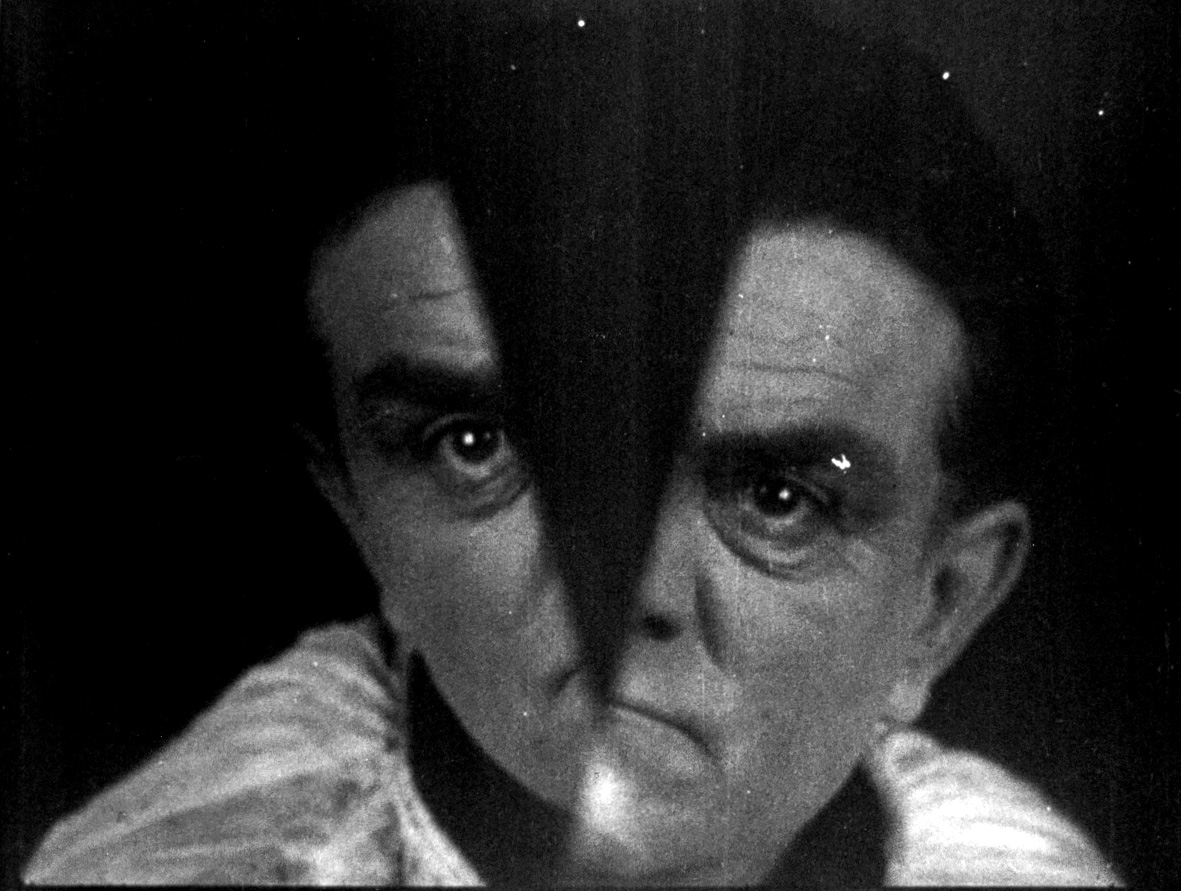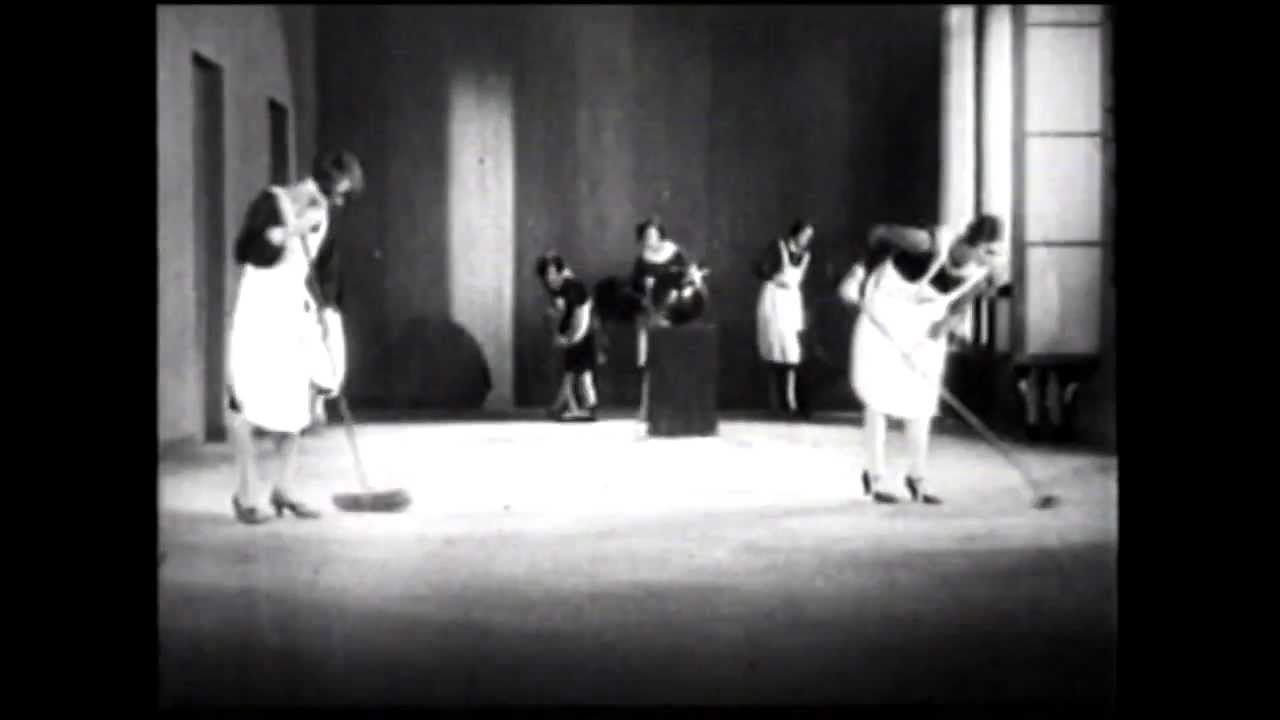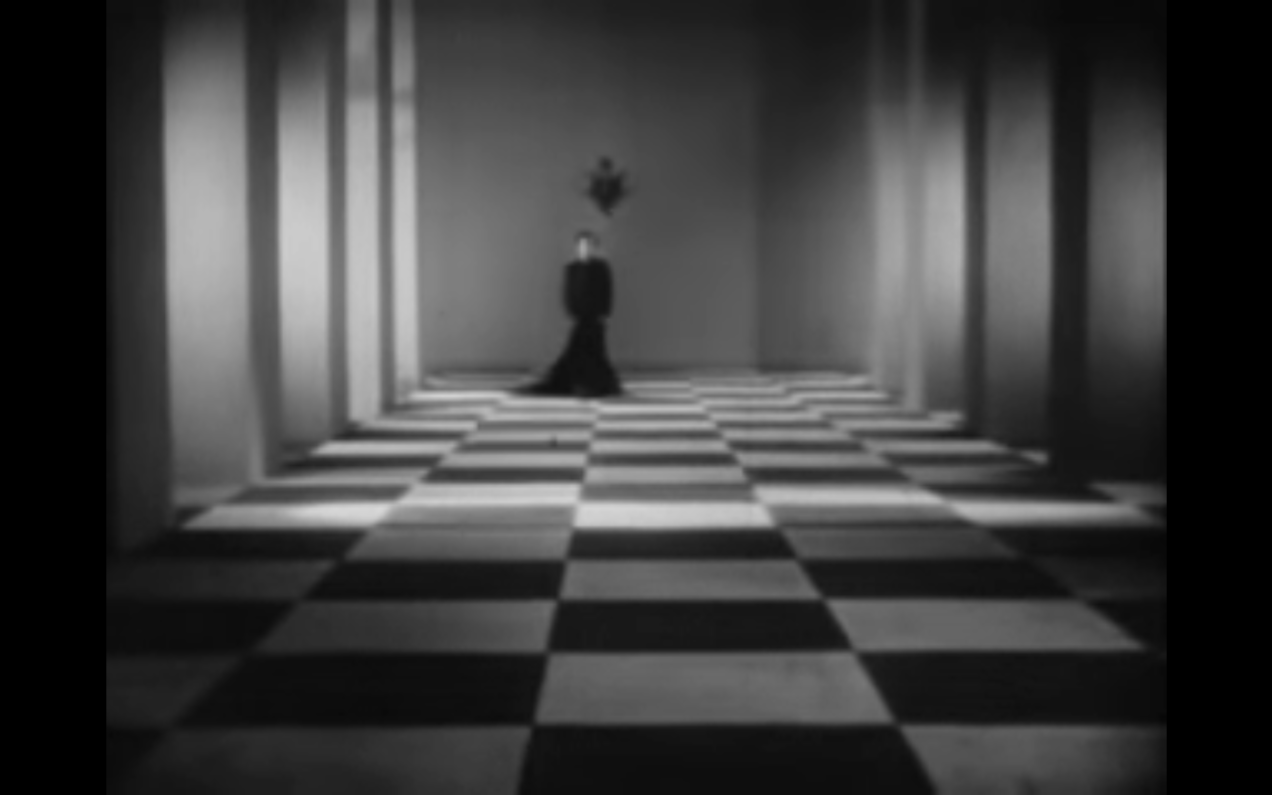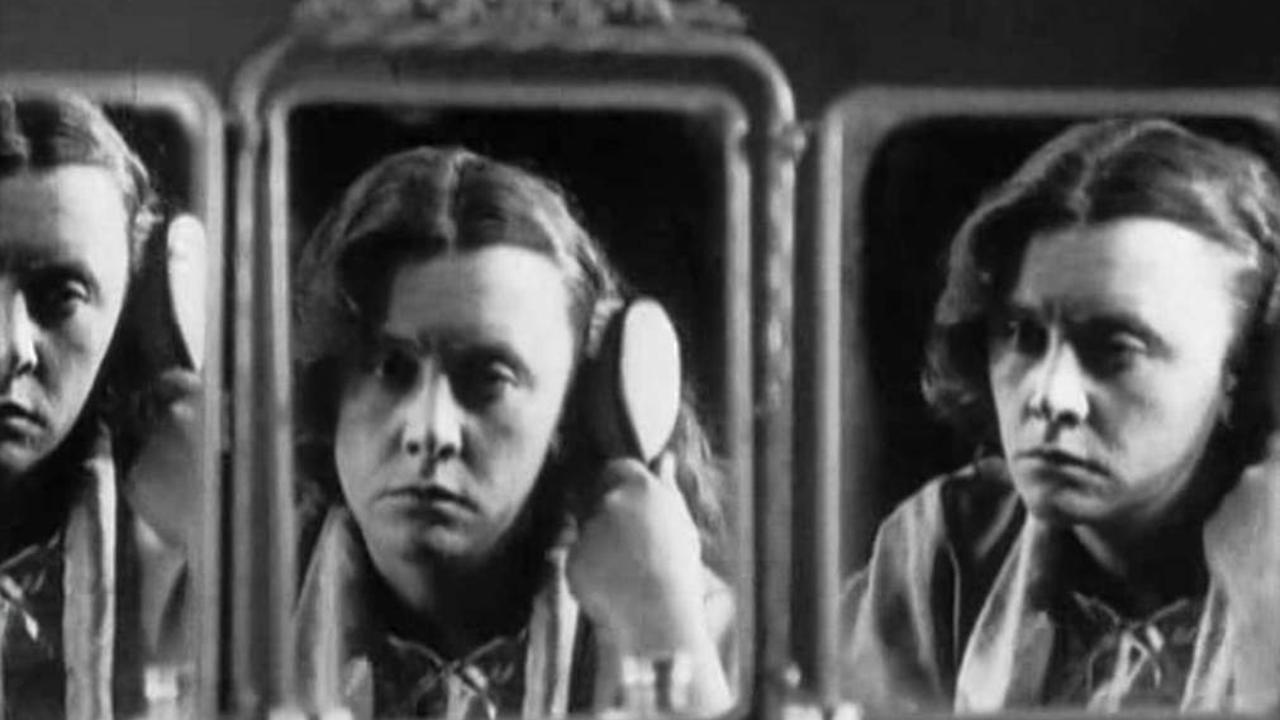There are no doubt a number of reasons why the name Germaine Dulac is not as immediately familiar to most folks, including cinephiles, as her contemporaries Salvador Dalí, Luis Buñuel, or her collaborator-turned-detractor Antonin Artaud. Here are two: the casual misogyny of the Surrealist Boy’s Club, and the fact that Dulac’s films don’t really fit the Surrealist mold very well in the first place. In fact, her two most famous seem, at least at first, at odds even with each other.
Both The Smiling Madame Beudet (1922) and The Seashell and the Clergyman (1928) are loose, impressionistic adaptations of literary works, the first indications that Dulac is operating from a different starting point than something like Un Chien Andalou, released shortly after in 1929 to much scandalous fanfare and continuing to fill our heads with sliced eyeballs to this day.
Often called “the first feminist film,” Madame Beudet especially argues against the “pre-Surrealist” tag. Based on a story by Guy de Maupassant, Dulac’s breakthrough is Impressionistic through and through. Dulac deploys superimpositions, in-camera daydreams, distended images, and manipulation of the frame-rate to tell the story of a bored housewife, her nasty and controlling cloth-merchant husband, and her erotic, sometimes violent dreams of escape. When the husband implores her to come to see Faust with another couple, Dulac makes clear how exactly how much this tedious prospect appeals to Madame.
The roots of her ennui aren’t exactly specified, but they’re not hard to discern. In the most immediate sense, her husband is boring and boorish: tallying up numbers, failing to tuck in his shirt like a slob, slurping soup and letting it fall through his gross teeth.
Not to mention his profoundly uncharming, and frankly very weird, penchant for playing mock Russian Roulette at his desk with an unloaded pistol, either for laughs (his own) or as a whiny rebuttal to her failure to be more cheery. (It goes without saying that The Smiling Madame Beudet does not, in fact, smile very much.)

At the same time, Dulac frames this narrative in ways emphasizing her protagonist’s more general imprisonment in the domestic space. The husband is awful, to be sure, but he’s just a foot soldier for the patriarchy.
A recurring motif finds her arranging a vase of flowers towards the edge of a table, only for the husband to breeze through the room and put it back, nice and orderly, in the center. It’s a small conflict that speaks volumes in its repetition:
A flower kept in a vase does not have the same freedom as one growing out in the open air, but at the very least, it’s able to reach for the sun from it’s place on the table. The husband’s almost constant fiddling destroys it’s harmony, and emphasizes the complete control men have over women. The women are not even given the freedom to thrive freely within the confines of their home, and are left with little more than their own body to control.
Much of the film depicts these sorts of simmering resentments, filtered through almost constant, superimposed fantasies of independence and desire. In a memorable scene, a sexy tennis player emerges from a magazine to attack the husband with his racket (one of the moments The Smiling Madame does smile, in some sort of proto-9 to 5 scenario). Mirrors figure prominently, too, underscoring the unsettling reflections and refractions of identity. In the end, as Chekhov could’ve told you, there will be a bullet in that gun we keep seeing.
If none of this sounds particularly Surrealist, I’d agree. The overwhelming sense in The Smiling Madame Beudet is an artist having fun with the possibilities of the cinema to augment, invert, or subvert its source material, to use the camera in a way that distinguished film from the page or the stage. The whole idea of the superimposition — that we can witness two or more things simultaneously, that the mundane real and erotic imaginary can intrude on each other in the same field of vision — speaks to Dulac’s interest in the medium itself.
Five years later, The Seashell and the Clergyman marked a pronounced switch from this approach. Based on Artaud’s book, and shot from his screenplay, this film downplays narrative to the point that the British Board of Film Censors called it “so cryptic as to be almost meaningless.” (British to the end, they added, “If there is a meaning, it is doubtless objectionable.”)

The censors overstate the case. In The Seashell and the Clergyman, Dulac and Artaud are pretty clear in their intention: a fragmented vision of frustrated desire, fraught fantasy, and unstable images that intentionally don’t cohere. For these reasons, at least, it often gets saddled with the title “the first Surrealist film,” whether the Surrealists liked it or not. (Note: they did not like it.)
As far as narrative is concerned, this is apparently the story of a priest who lusts after the wife of a general. That’s about it. Dulac is far more concerned with the musicality of its presentation, with the rhythmic editing and odd juxtapositions that Un Chien Andalou would be celebrated for the following year. Perhaps even the fact that a short narrative description is possible is what alienated the Surrealists from it, including, eventually, Artaud himself.
It’s hard to see what he had to complain about, though. His scenario included passages such as this:
A series of close-ups of the priest’s head, unpleasantly sweet, welcoming when it appears in the woman’s eyes, and hard, bitter, terrible when it considers the clergyman…[The clergyman] is on the summit of a mountain, in superimposition at his feet, rivers and plains interlaced…[The clergyman] throws himself on the woman and rips off her blouse as if he wanted to lacerate her breasts. But her breasts are replaced by a carapace of seashells. And snatches this carapace and brandishes it in the air where it shimmers. He shakes it frenetically in the air and the scene changes and shows a ballroom. Couples enter; some mysteriously on tiptoe, others extremely busy. The lights seem to follow the movements of the couples. All the women are wearing short dresses, legs on display, breasts bulging, hair cut short. […] Servants, housekeepers invade the room with buckets and brooms, rush to the windows. They scrub all over with intensity, frenzy, passion. A sort of rigid governess, dressed all in black, enters with a bible in her hand and goes to stand by a window. When we can distinguish her face, we notice that it’s still the same beautiful woman. On a path outside, we see a priest who is hurrying, and further away a young girl in a garden dress with a tennis racket. She is playing with an unidentified young man.
This is exactly what transpires.

Still, Dulac’s concern seems more a particular blend of pure cinema and Impressionism, with the female object of desire retaining an elusive and mysterious agency amid all the ambiguous cuts and contrasts. That alone separates The Seashell and the Clergyman from its more famous younger sibling, with its iconic cloud eyeballs and dragged pianos. Instead of abandoning perspectives in favor of glorious nonsense, Dulac blurs them (along with genders and devotional/erotic ritual). The result is actually more interesting.

Neither of these two films were originally included in this series, demonstrating the degree to which the works of early women filmmakers have been devalued in the canon (and even in the anti-canon). But that’s also why several empty spots were left on the list. There’s just a wealth of incredible film that should get more attention than it does.
Dulac, at least as represented in these films, was a singular and odd talent. The uneasy coexistence of dream and life bring to mind Jean Epstein, the way she shoots water prefigures Mario Peixote’s 1931 Limite, and numerous moments can’t help but evoke that other not-quite-Surrealist of our own time, David Lynch. (In fact, one scene in The Smiling Madame Beudet is remarkably similar to one of the internet’s favorite bits of Twin Peaks nightmare fuel.)
But these comparisons aren’t necessary, as though these two remarkable films from a woman director in the 20s needed validation by fellow travelers and weirdos of the screen. Germaine Dulac’s work is plenty weird and transfixing on its own.

